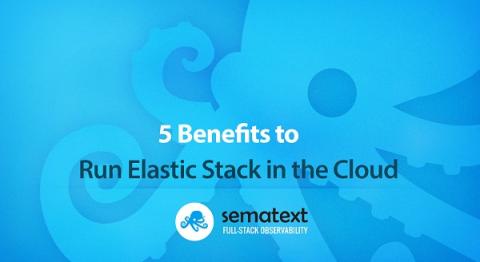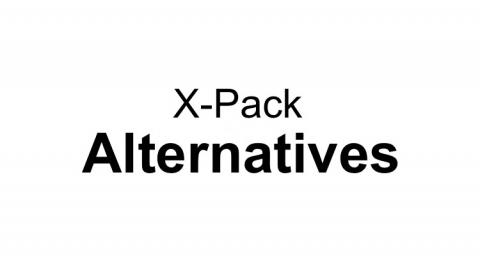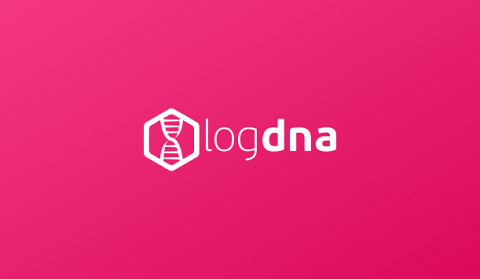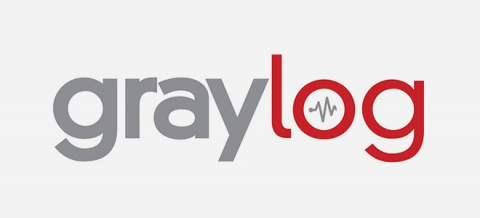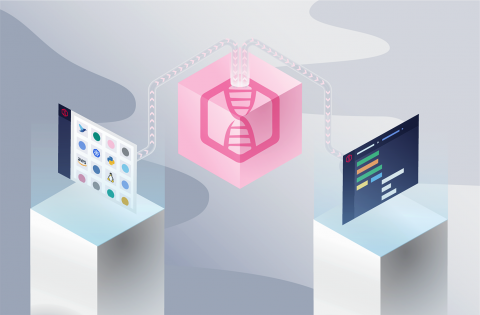5 Benefits to Run Elastic Stack in the Cloud
Elasticsearch, Logstash, and Kibana — the trio better known as Elastic Stack (or ELK, if you prefer a term that is now going out of style), make up a powerful set of tools for searching and analyzing data. Their power derives not just from their technical features, but also the fact that Elastic Stack is an open source platform that anyone can download and set up anywhere.


